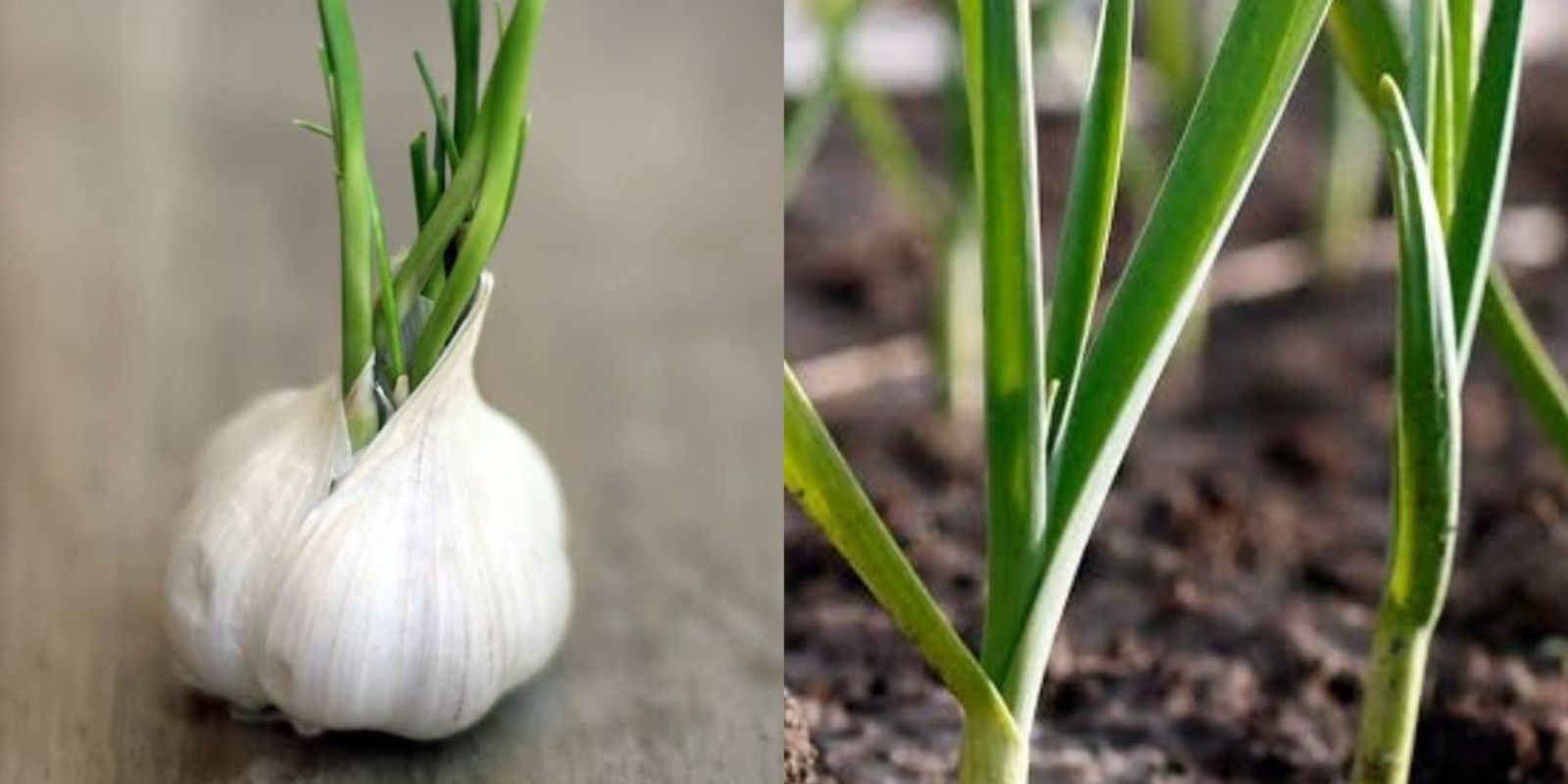Garlic is not just a flavorful addition to countless dishes but also a versatile plant that you can grow indoors with minimal effort. By cultivating garlic at home, you ensure a fresh and steady supply while enjoying the satisfaction of growing your own food. This guide provides everything you need to know about growing garlic indoors and caring for it to achieve the best results.
Why Grow Garlic Indoors?
Growing garlic indoors offers several advantages:
- Year-round Availability: Indoor cultivation allows you to grow garlic regardless of the season.
- Pest Control: Growing indoors reduces the risk of common garden pests and diseases.
- Space Efficiency: Garlic requires minimal space, making it perfect for apartment dwellers or urban gardeners.
- Sustainability: Homegrown garlic reduces your reliance on store-bought produce and promotes sustainable living.
Step-by-Step Guide to Growing Garlic Indoors
1. Select the Right Garlic Bulbs
Not all garlic varieties thrive indoors. Look for firm, healthy bulbs with no signs of disease or damage. Softneck garlic is a great choice for indoor growing due to its adaptability, but hardneck varieties can also work if provided with proper care.
2. Prepare Your Containers
Choose containers that are at least 8–12 inches deep with adequate drainage holes. Proper drainage is crucial to prevent waterlogging, which can lead to root rot. Fill the container with well-draining potting soil enriched with organic compost for optimal growth.
3. Plant the Garlic Cloves
- Break the garlic bulb into individual cloves, keeping the papery skin intact.
- Plant each clove with the pointed end facing upward.
- Bury the cloves 1–2 inches deep, spacing them 4–6 inches apart to allow room for growth.
- Gently press the soil around each clove to ensure good contact.
4. Provide Adequate Sunlight
Garlic requires 6–8 hours of direct sunlight daily. Place the container near a south-facing window or use a grow light to supplement natural light. A consistent temperature between 60–75°F is ideal for healthy growth.
5. Water and Fertilize Regularly
- Keep the soil consistently moist but not waterlogged. Check the top inch of soil; if it feels dry, it’s time to water.
- Use a balanced liquid fertilizer every 2–3 weeks to provide essential nutrients, especially nitrogen, to support healthy foliage and bulb development.
6. Mulch and Weed Maintenance
- Apply a layer of organic mulch, such as straw or shredded leaves, to retain soil moisture and regulate temperature.
- Although weeds are less of a concern indoors, ensure no competing plants are sharing the container.
7. Monitor Growth and Address Issues
- Garlic will sprout green shoots within a few weeks. Watch for signs of pests like aphids or diseases like fungal infections.
- If pests appear, use natural remedies such as neem oil or insecticidal soap to keep them at bay.
8. Harvesting Your Garlic
Garlic is ready to harvest when the green foliage begins to yellow and fall over, usually after 8–10 months. Carefully lift the bulbs out of the soil and shake off excess dirt.
9. Cure the Garlic Bulbs
Curing is essential for long-term storage. Hang the bulbs in a dry, well-ventilated area for 2–3 weeks. Once the outer layers are dry, trim the roots and leaves, leaving about an inch of stem.
10. Store Your Harvest
Store the cured garlic in a cool, dry, and dark place. Properly stored garlic can last for several months, providing you with a steady supply of fresh cloves.
Common Challenges and Solutions
- Overwatering: Garlic prefers moist but not soggy soil. Ensure proper drainage and water only when necessary.
- Lack of Sunlight: If natural light is insufficient, invest in a good-quality grow light.
- Stunted Growth: This can occur due to nutrient deficiencies or overcrowding. Use a balanced fertilizer and provide adequate spacing between cloves.
Tips for Maximizing Your Indoor Garlic Yield
- Rotate the Container: Rotate the pot every few days to ensure even sunlight exposure.
- Use Organic Fertilizers: Compost tea or fish emulsion are excellent choices for feeding garlic naturally.
- Don’t Forget the Greens: Garlic shoots (also called garlic scapes) are edible and can be harvested earlier for use in salads, soups, and stir-fries.
Why Stop at Garlic?
Once you’ve mastered growing garlic indoors, try other companion plants like onions, chives, or herbs. These plants thrive in similar conditions and can create a mini indoor garden for year-round culinary inspiration.
Conclusion
Growing garlic indoors is a simple and rewarding project that brings freshness and flavor to your kitchen. With the steps outlined above, you can cultivate a thriving indoor garlic garden and enjoy the satisfaction of homegrown produce.
Have you tried growing garlic indoors? Share your experiences or tips in the comments below!
#GrowGarlic #IndoorGardening #GardeningTips #FreshHarvest #UrbanFarming

